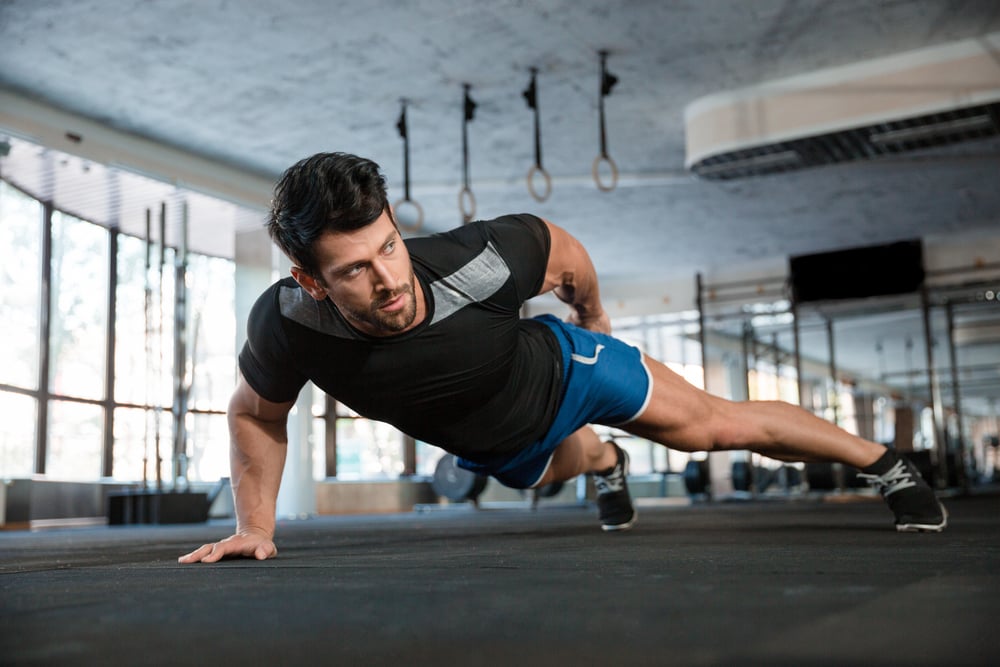Landing pages are an important part of the user journey because they are often the first point of contact between a business and a potential customer. This means that the landing page has the opportunity to make a strong first impression and influence the user's decision to continue exploring the website or take action.
Effective landing pages are designed to clearly communicate the value of the product or service being offered and persuade the user to take a specific action, such as filling out a form or making a purchase. They should be visually appealing, easy to navigate, and focused on the user's needs and interests.
By creating a well-designed and effective landing page, businesses can increase the chances of converting visitors into customers. This is important because it can lead to increased sales and revenue for the business. In addition, a positive user experience on the landing page can lead to increased customer satisfaction and loyalty, which can ultimately drive business growth.
Here are the five stages of the buyer journey and how to optimize your landing page for each stage:
-
Awareness: In the awareness stage, the user becomes aware of the product or service being offered. To optimize your landing page for this stage, clearly communicate the value of the product or service and how it meets the user's needs. Use compelling headlines and engaging images to grab the user's attention.
-
Consideration: In the consideration stage, the user is actively considering purchasing the product or service. To optimize your landing page for this stage, include detailed information about the product or service, such as features, pricing, and customer reviews. Address any potential objections or concerns the user may have.
-
Decision: The decision stage is when the user decides to make a purchase. To optimize your landing page for this stage, include a clear call-to-action (CTA) that directs the user to the next step in the process, such as filling out a form or adding the product to their cart. Make it easy for the user to take action by minimizing distractions and making the CTA prominent and easy to find.
-
Onboarding: After making a purchase, the user enters the onboarding stage, where they learn how to use the product or service. To optimize your landing page for this stage, include any necessary instructions or resources to help the user get started.
-
Retention: In the retention stage, the user continues to use the product or service over time. To optimize your landing page for this stage, include information about ongoing support and resources to help the user get the most out of the product or service.
Understanding the different stages of the user journey can help businesses create a more seamless and enjoyable experience for their customers. This can lead to increased customer satisfaction and loyalty, which can ultimately drive business growth. Landing pages are an important part of the user journey, as they are often the first point of contact between a business and a potential customer. By creating a well-designed and effective landing page, businesses can increase the chances of converting visitors into customers, leading to increased sales and revenue.









